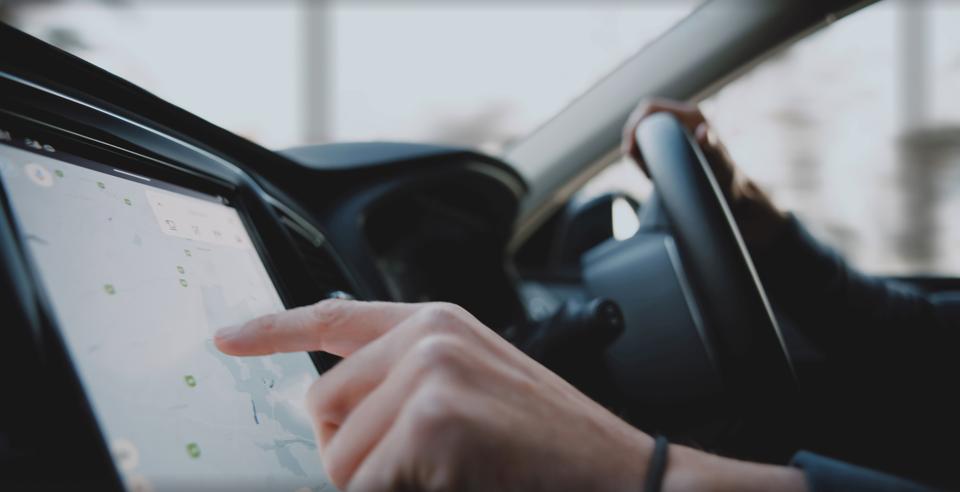Expansion of digital functions in infotainment screens poses a road safety problem for fleets, according to Red Corporate Driver Training.
While phones, personal issues, other motorists and passengers have always been a factor in reduced driving focus, it says that the trend towards in-car systems having almost no physical buttons at all can create dangerous levels of distraction.
Euro NCAP has announced that from 2026 it will only start awarding five stars for safety to vehicles that have physical buttons for certain key operations.
Red has published a free to download advisory paper on how to combat the problem. Red Corporate Driver Training CEO, Seb Goldin, said: “A driver who is scrolling through multiple sub menus on a screen to operate their vehicle’s systems is almost certainly not going to classify themselves as distracted. But almost certainly, they are.
“As high-profile recent court cases involving distraction and fatal road accidents have shown, there can be tragic consequences for seemingly innocuous actions undertaken by drivers all the time.
“Their eyes are off the road and mental effort is going into the act of selecting, toggling, scrolling and clicking. Hundreds of metres of driving can have taken place for what are justified actions in the mind of the driver. Yet it is incredibly dangerous.”
Excess speed is still the main factor in dangerous driving and accidents, says Red, but in general it tends to be seen in specific, riskier, drivers who often can be identified through risk management, and action taken to change their behaviour.
Distraction is different, and harder to proactively manage, because it affects all driver types and profiles at some point on the road, and unlike speeding often occurs without the driver deliberately engaging in an act which results in them losing their focus.
Goldin continued: “We’re not against technology, and indeed, many of the functions that we now take for granted, such as sat nav and active safety systems, have had a positive effect on road safety. But we are in danger of drowning in distraction because of the huge amount on offer in a modern vehicle.
“In some vehicles now, you could spend miles choosing which parts of your seat to heat up, what colour the cabin lights should be, the design of the dials, scrolling through millions of songs and podcasts on various apps or hearing your emails and messages read out.
“That’s even before getting to the more obvious forms of distraction, such as phone calls, work and home worries, passengers and daydreaming. At some point, the dam will burst.”
In its advisory, Red looks at each form of distraction, and advises on techniques which allow drivers to cope better with the huge amount of information and communication at their fingertips.
“Over the years, the fleet sector has been excellent at identifying driving risk, and managing it, and I have no doubt we will do the same with distraction,” said Goldin.
“But in order to do this, we need to clearly identify what those risks are and how they impact on everyday driving.”
He welcomed Euro NCAP’s decision to pinpoint key functions that are able to be operated with a simple button or stalk rather than on screens is to be welcomed.
“It’s the first step to paring back the main driving experience to something more minimal,” he said. “This is the first step in recognising the scale of the problem.
“The next is doing something about it. Euro NCAP certainly will help in raising its profile, but employers need to help drivers to understand what’s going on when they spend time in infotainment systems, in terms of how long they are not looking at the road, how badly their concentration on driving has been affected, and the potentially disastrous outcomes as a result.”
To download Red’s Distraction Advisory Paper, click here.





















Login to comment
Comments
No comments have been made yet.